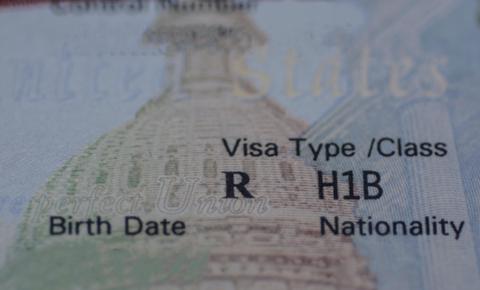American graduate schools have a reputation for attracting international students. A new breakdown by the National Foundation for American Policy (NFAP) shows that international students constitute the majority of those in graduate school for computer and information science, which could have a sizable impact on how tech companies source their talent for years to come.
These international students represent 72 percent of all those enrolled in grad school for computer and information science (as well as 74 percent of those in electrical engineering, and 71 percent in industrial and manufacturing engineering). “Between 1998 and 2019, the annual number of full-time international graduate students in computer and information sciences increased by 310 percent, from 10,930 in 1998 to 44,786 in 2019,” added the NFAP’s report (emphasis theirs). “In comparison, over the same period, the annual number of full-time U.S. graduate students in computer and information sciences increased by 91%, from 9,042 in 1998 to 17,334 in 2019.”
But when we break down the numbers for the past few years, we see that the number of international grad students is actually falling:
“This decline in international graduate students was before the new restrictions imposed on Chinese students and the impact of Covid-19,” the report continued. “A continuation of this trend would present serious issues for U.S. employers and universities.” In addition to that, some employers and pundits have predicted that proposed changes to the immigration system, including H-1B visas, could also impact international students in coming years.
A recent study by Wiley suggested that U.S. students of all demographics should be encouraged to consider STEM careers while still in high school, which would potentially boost the number of applicants to grad schools (and ultimately make the tech industry more diverse). Whether or not that actually happens, the percentages of international students in grad school will likely stay elevated for quite some time to come.



